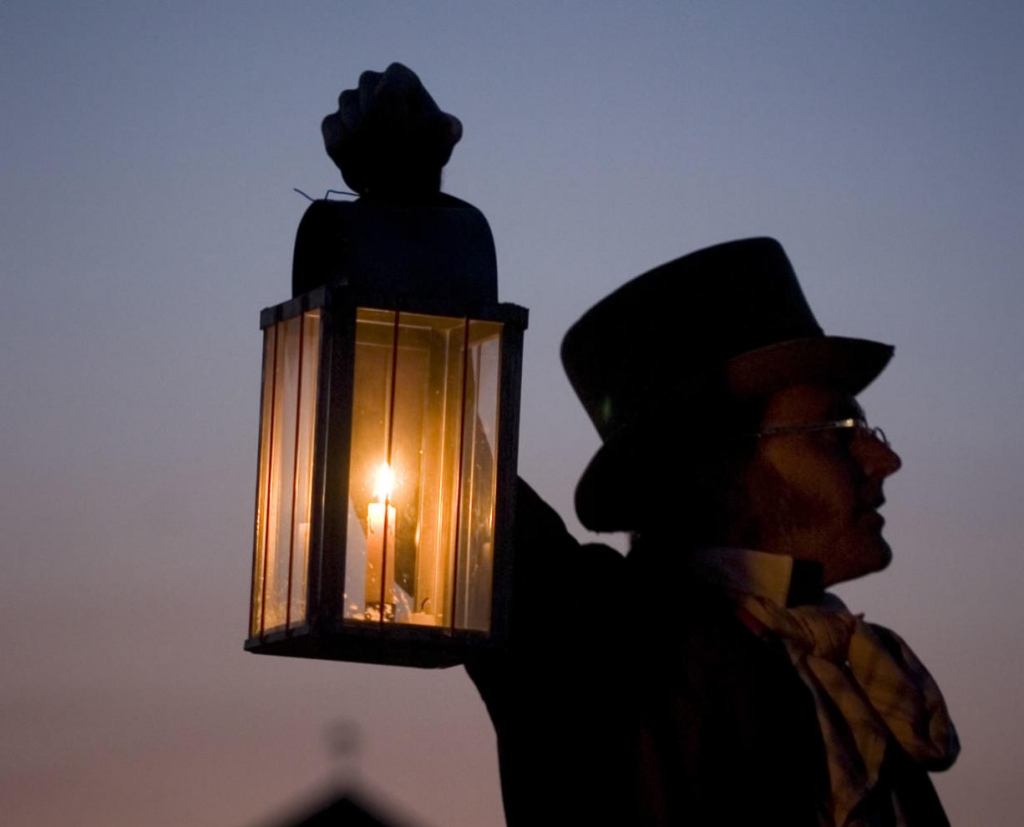When you venture into the great outdoors, whether it is a week-long trek into the wilderness or an overnight stay at a nearby state park, having enough light after dark is important. While someone taking a tumble on the way to the tent may draw some laughter, tripping or stepping on an unseen object could easily result in serious injury. Flashlights and headlamps are certainly good choices, but for the best illumination, you need a camping lantern.
Once you have made up your mind to get a lantern, though, you are now faced with several choices. Let’s have a look at the different types available, along with the strengths and weaknesses of each.
Candle Power
No, we are not talking about just grabbing a candle out of the Christmas decorations box and heading for the woods. Several manufacturers make true, enclosed camping lanterns that use a candle for illumination.
Candle lanterns have several advantages. They are relatively inexpensive and the “fuel” … the candles themselves … is cheap and easy to find. Each candle will provide as much as 9 hours of light, and are a lot lighter to take on the trail than extra gas canisters or liquid fuel. Citronella candles are also available, so you can light your campsite and keep the bugs away at the same time.
On the downside, a candle lantern is not as bright compared to other options, although their soft light can be considered an advantage if you want a more relaxed mood. Still, this can be a problem if you are trying to read or repair something at night. Also, although the flame is well-shielded, windy, rainy weather can snuff out your light at a moment’s notice. Finally, the lantern can get quite hot to the touch. Couple that with the flame itself, and some care must be exercised to prevents burns or fire.
Gas It Up
A gas lantern can be a very convenient solution for illuminating your camp. The gas itself (propane is the most common) comes in sealed canisters that simply screw onto the lantern, making it easy to switch out when they are depleted. Your camp stove may also use gas, so you can switch the canisters between it and the lantern if you start to run low. This type also provides a very bright light.
Unfortunately, gas lanterns and their canisters will add bulk and weight to your camping gear. As with candle lanterns, they burn hot and have a flame, making them potential safety concerns. They also emit fumes, so you should never use them inside a tent or other enclosed space. The mantle and globe are quite fragile, making them less than ideal for backpacking and more rugged use. Lastly, they make a rushing noise when burning that can be very loud, which may impact your “peace and quiet”.
Liquid Light
Liquid fuel lanterns come in kerosene, white gas and unleaded gasoline varieties. Some can burn either white gas or gasoline, providing greater convenience when one or the other is not available. Once again, your other camping equipment may use liquid fuel, so you are already bringing it with you. Add to this their very bright light, and they may be a good choice for you.
On the other hand, liquid fuel lanterns have many of the same disadvantages as gas ones. They emit fumes and burn hot, creating the same safety concerns. They are also very fragile, noisy, and the liquid fuel itself adds a lot of weight. On top of all this, pouring flammable gas into the lantern requires great care and further safety precautions.
Electric Illumination
Electric lanterns offer some tremendous advantages. Since they use batteries, there are no heavy canisters or messy liquids to deal with. They can be safely used anywhere, since they do not get hot or emit any smoke or fumes. Some types can be recharged from your car battery, from a small solar panel, or using a hand crank. This last type means that you should always have light available, as long as the crank does not break. Oh, did I mention that they are more durable than their gas and liquid cousins?
Still, there are some disadvantages with electric lanterns. They generally do not produce as bright a light as gas or liquid lanterns, and many go through power very quickly. Depending on the model you buy, you will either need to bring along extra batteries, which costs money, or plan on spending a certain amount of your time cranking. Also, you will have to find a way to properly dispose of the dead batteries.
Which One?
As you can see, there is no straightforward answer when considering which type of camping lantern is best. It really depends on you. Electric lanterns seem ideal for the trail, but make sure you bring along those extra batteries. Gas and liquid fuel lanterns are probably not good choices for backpackers, but their bright, long-lasting light could be perfect for illuminating a drive-up campsite. If children or pets are around, though, electric lanterns may be the safer, wiser option. Then there is the soft, warm ambience of candlelight to consider.
